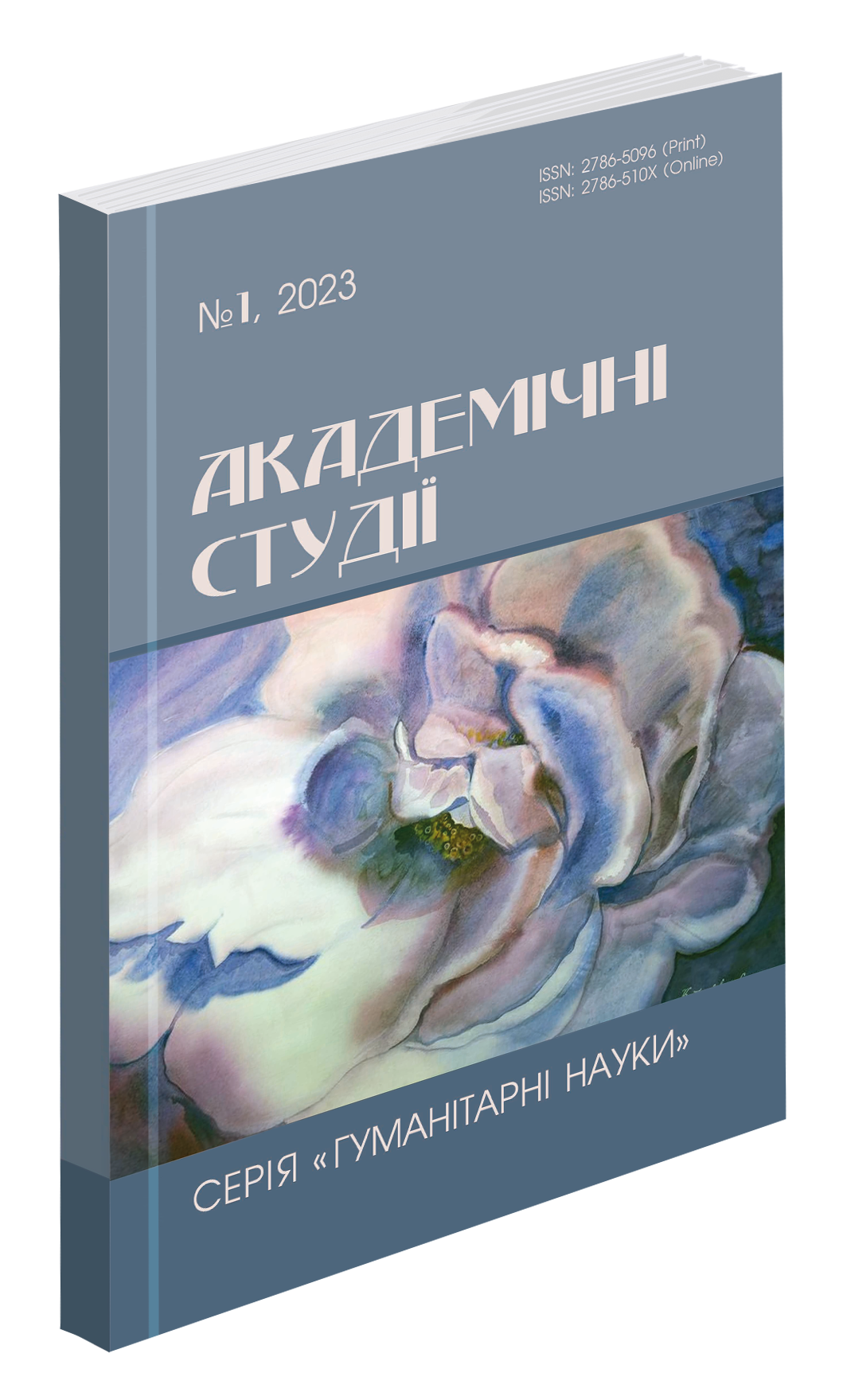Abstract
The purpose of the article is to examine and investigate the role of audiovisual translation in intercultural communication and consequently to determine more precisely the relative types of audiovisual translation such as: dubbing, subtitling, voice-over, closed captioning. Challenges of audiovisual translation require a deep understanding of the target language and culture (ranslators must be able to accurately convey the intended meaning and tone of the original content while adapting it for a new audience); a strong sense of timing and rhythm and finally, audiovisual translation can be challenging because of the technical requirements involved. For example, subtitling requires specialized software and knowledge of timing and formatting requirements. Audiovisual translation is a crucial means of intercultural communication that involves the translation of audiovisual content, such as films, TV shows, and videos, from one language into another. Audiovisual translation enables people from different cultures and linguistic backgrounds to access content that they would otherwise not understand due to language barriers. Audiovisual translation can take different forms, such as subtitling, dubbing, voice-over, and audio description. Subtitling involves displaying a translation of the audio content as text on the screen, while dubbing involves replacing the original audio with a translated version. Voice-over involves adding a translated audio track over the original audio, while audio description involves adding a spoken description of the visual content for visually impaired people. Audiovisual translation helps to promote intercultural understanding by enabling people to access and appreciate content from other cultures. It also helps to bridge cultural and linguistic gaps by facilitating the exchange of ideas, knowledge, and perspectives across different cultures. Furthermore, audiovisual translation plays a crucial role in the global entertainment industry. The success of many films, TV shows, and videos depends on their ability to appeal to audiences from different cultural and linguistic backgrounds. Audiovisual translation helps to expand the reach of content by making it accessible to a wider audience. In addition, audiovisual translation can help to expand the reach of a particular piece of content. By translating a movie or TV show into multiple languages, it can reach a much larger audience and potentially generate more revenue for the producers. As an important means of intercultural communication audiovisual translation facilitates the exchange of ideas and promotes cultural understanding. As the world becomes more interconnected, audiovisual translation will continue to play a vital role in bridging cultural and linguistic barriers.
References
Кузенко Г. М. Мовно-культурна політика. Академічні свободи, університетська автономія. Інструментарій якісного перекладацького субтитрування : матеріали XVІ міжнар. наук. конф. (м. Миколаїв, 10–13 черв. 2022 р.). Миколаїв, 2022. С. 12–19.
Díaz Cintas J., Anderman G. (2009) Audiovisual Translation : Language Transfer on Screen. Great Britain : Palgrave Macmillan,.
Floros G. (2005) Critical Reading : the case of culture in translation studies. FORUM. no. 3(2). pp. 59–84.
Gambier Y. (2003) Introduction: Screen transadaptation : Perception and reception. Special issue on screen translation. The Translator Studies in Intercultural Communication, vol. 9(2). pp. 171–190.
Taylor C. (2012) The Subtitling of Film : Reaching Another Community. Discourse and Community; Doing Functional Linguistics Tübingen : Gunter Narr Verlag, pp. 309–327.

